Text and Visuals by Maduli Thaosen
Edited by Riya Singh Rathore
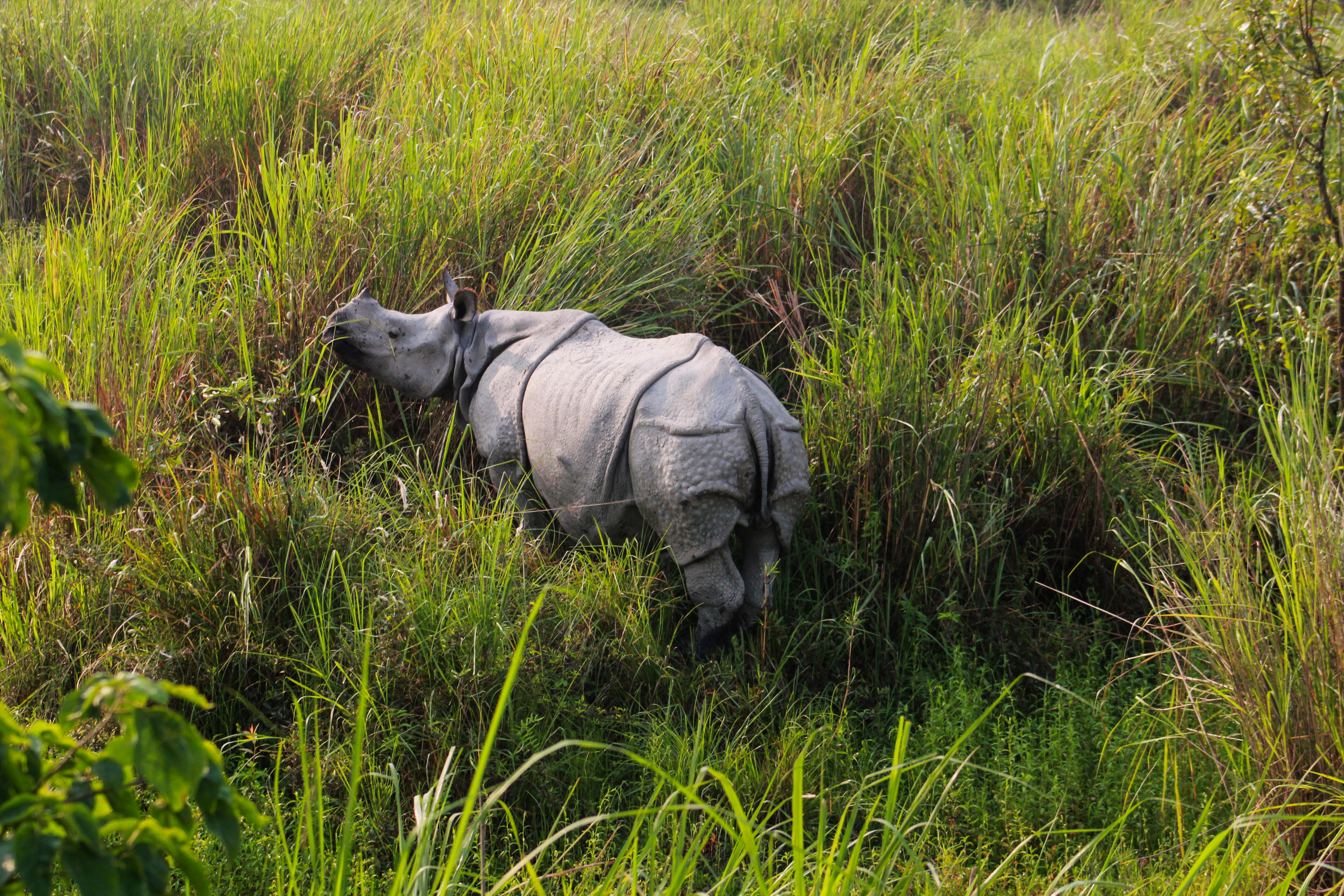
Assam’s Kaziranga National Park, spread across the floodplains of the Brahmaputra, holds a prominent place in India’s conservation history. It was declared a World Heritage Site by UNESCO in 1985 and is famous for the Great Indian One-Horned Rhinoceros. Across the globe, the park is regarded as a success story in the protection and survival of its fauna, especially the one-horned Rhino. However, the conservation trajectory of the region has witnessed several ideological shifts over the centuries, informed by colonialism, indigenous community interests, Assamese nationalism, and the international conservation discourse.

In the 19th century, efforts surrounding the protection of forests and wildlife in India had starkly different motivations than today. It was in the interest of the British to be concerned about the rapid decline of animals that were vital to their army, the elephants [1]. Apprehensive about the extinction of elephants in the aftermath of the Indian Rebellion of 1857, the British enacted The Elephants Preservation Act, 1879, to prevent the indiscriminate killing of elephants. This enabled a government monopoly over the control of the creature. Therefore, such a preservation policy aimed not to protect the animal but to safeguard a critical resource for the colonial government.

Contests over forests were also contests over the game. In Kaziranga, hunting came to be associated with several groups. The British and Assamese elites hunted for sport, and the peasant communities hunted for livelihood purposes. Sport hunting occupied great significance in the lives of British civil and military personnel, which often involved elaborate rituals inspired by princely traditions and British customs. Hunting wild creatures upheld one’s social status among the British as well as the Assamese Elites. Their common targets were rhinos, elephants, and tigers. Conversely, peasant communities hunted for meat and to protect crops.
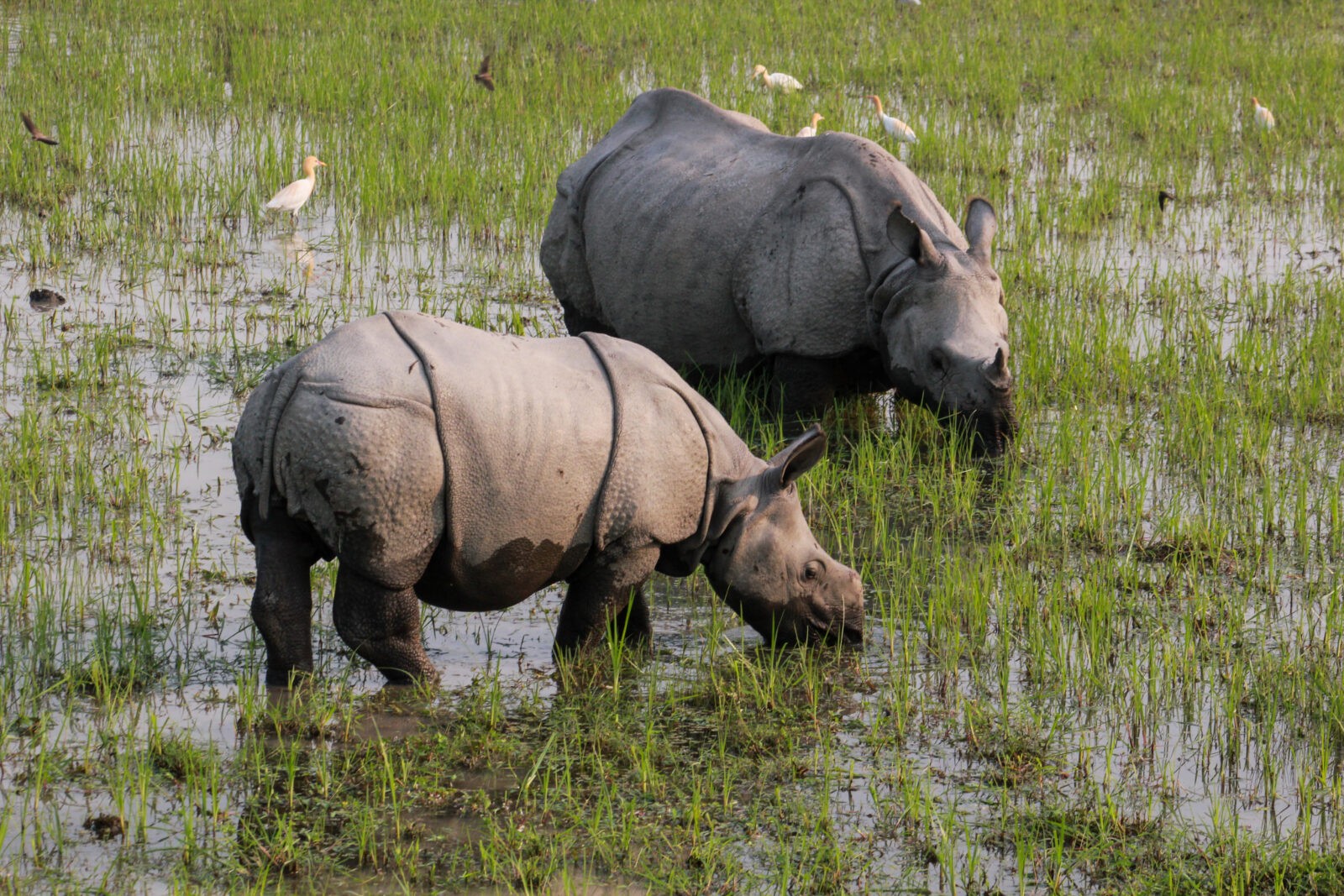
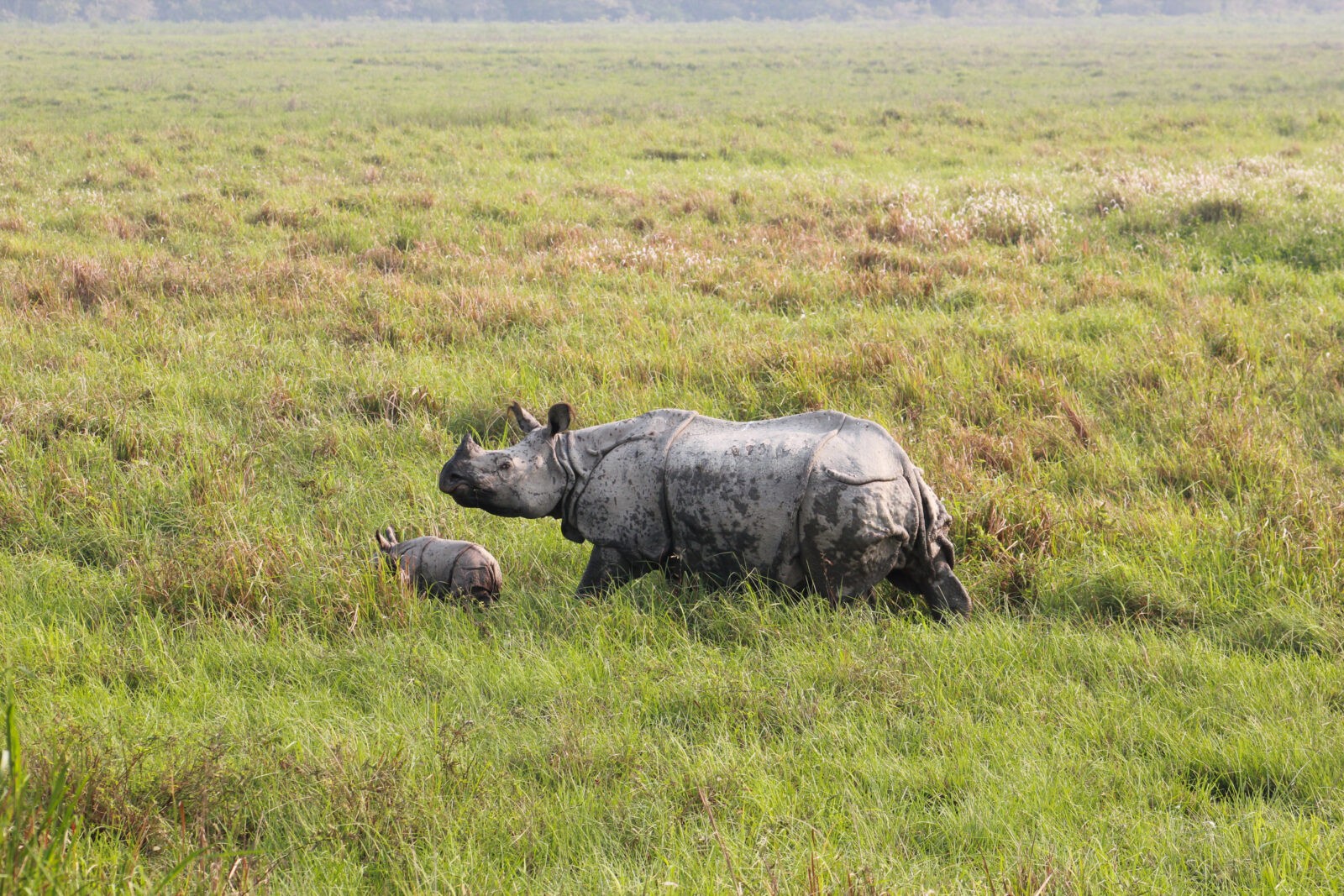
However, as the animals valued for sport and meat became scarce, colonial hunters wanted to restrict access to game. European tea planters pushed for the formation of game associations to regulate the control and shooting in Assam. In 1917, The Darrang Game Association was formed [2]. Game associations supervised the number of animals their members could hunt and denied non-members open access to hunting grounds. There was also a discursive split in the understanding of hunting practices as native hunting practices were identified as cruel, whereas British poaching earned higher status and glory.

In the early twentieth century, the attention on the game grew with the rising awareness around the plight of extinct animals across British Colonies, like the quagga in South Africa. To the British officials, protecting the vanishing wild became a mark of civilised conduct [1]. The dwindling numbers of the one-horned Rhino in Assam inspired a new concern for the game in the region. J.C. Arbuthnott wrote to B. Fuller, the Chief Commissioner of the province, cautioning him that ‘in the case of the rhino the slaughter of females and immature animals had brought the species on the verge of extinction’. The government considered forming an ‘asylum’ following the news of the imminent extinction of the rhino. This move solidified Kaziranga as a game reserve in 1905. Furthermore, in 1916, the game reserve was renamed as a game sanctuary. A change in the semantic, supposedly, helped to dissociate the work ethics of the game reserve from that of the forestry, primarily the forest economy [2].
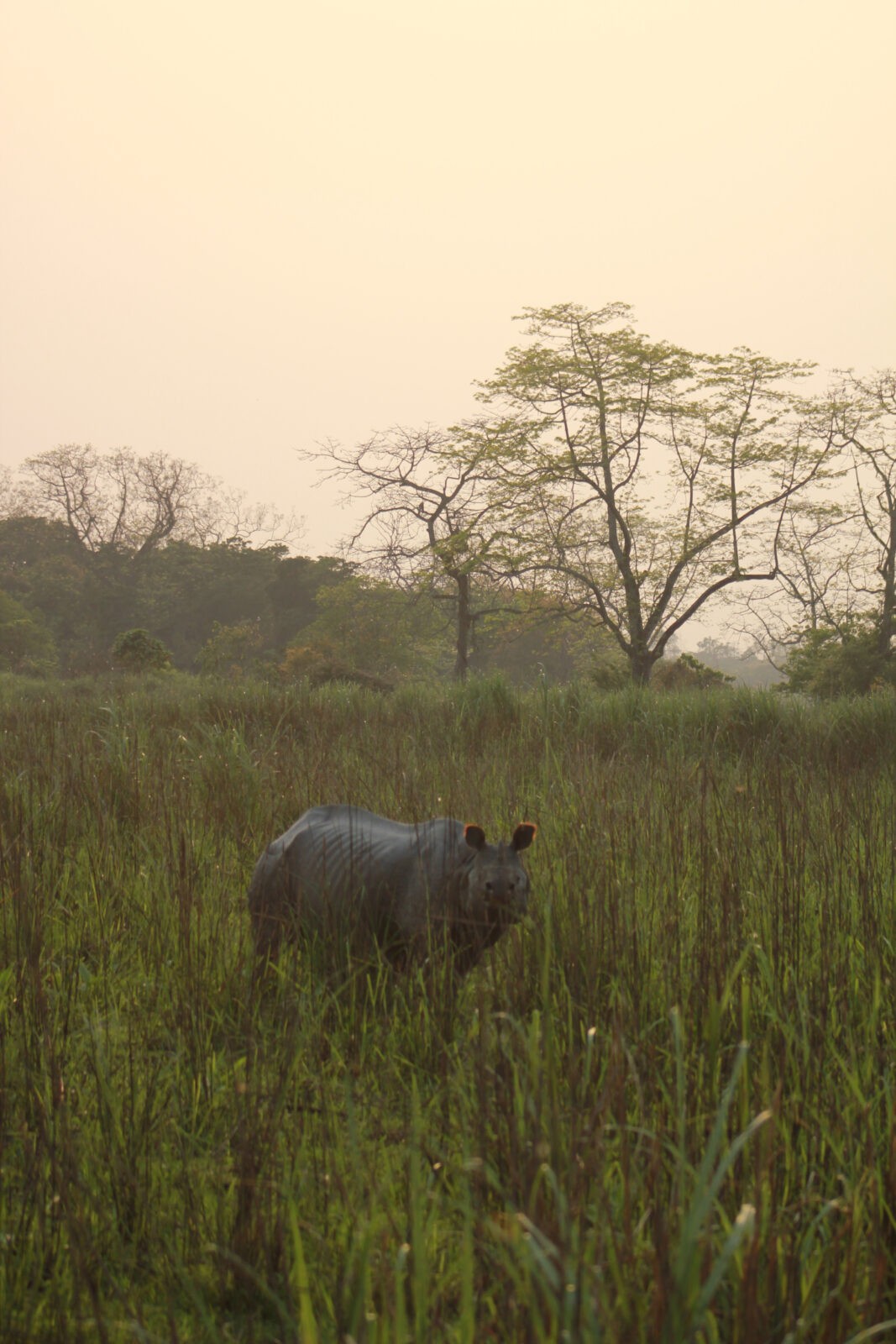
With the hierarchical system of hunting rights in place, and animals like the rhino coming under complete protection of the British, there was considerable outrage among the local communities. The Forest Department continued to acquire neighbouring land as a part of the sanctuary, denying access to local communities, like the Bodo tribe, who saw the forest as their own. Peasants depended on the forest for both grazing and producing winter crops. The forest lands were suitable for shifting cultivation, and the practice of shifting cultivation did not entitle peasants to any legal recourse in the event of their displacement. Peasants were only marginally compensated for their removal, and they had to travel far away distances to find cultivable land. It was in the post-independence era that the demand for sanctuary access for grazing took an organised form. Since the 1940s, with the support of local politicians, neighbouring communities could practise grazing in the un-classed forests of the region.
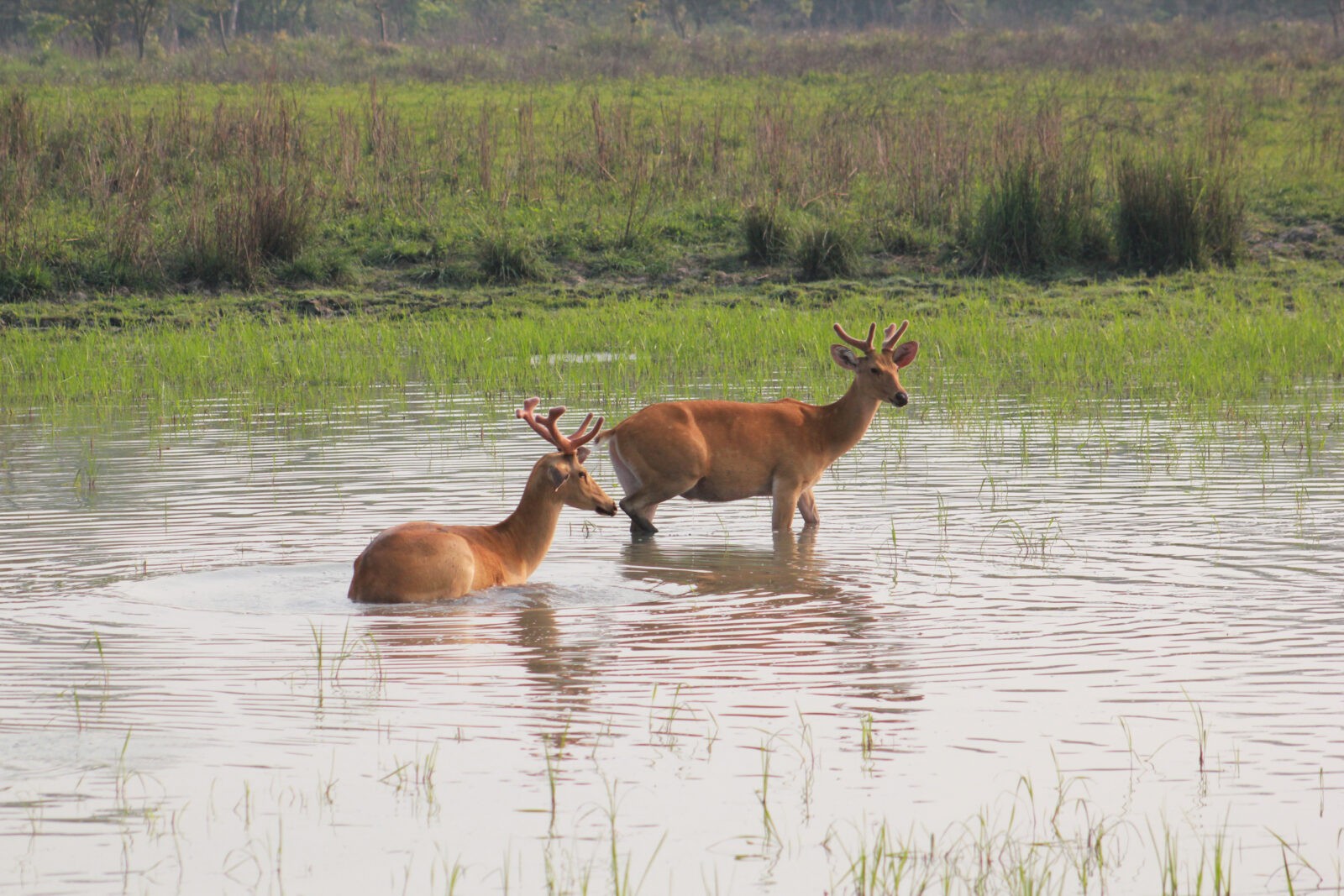
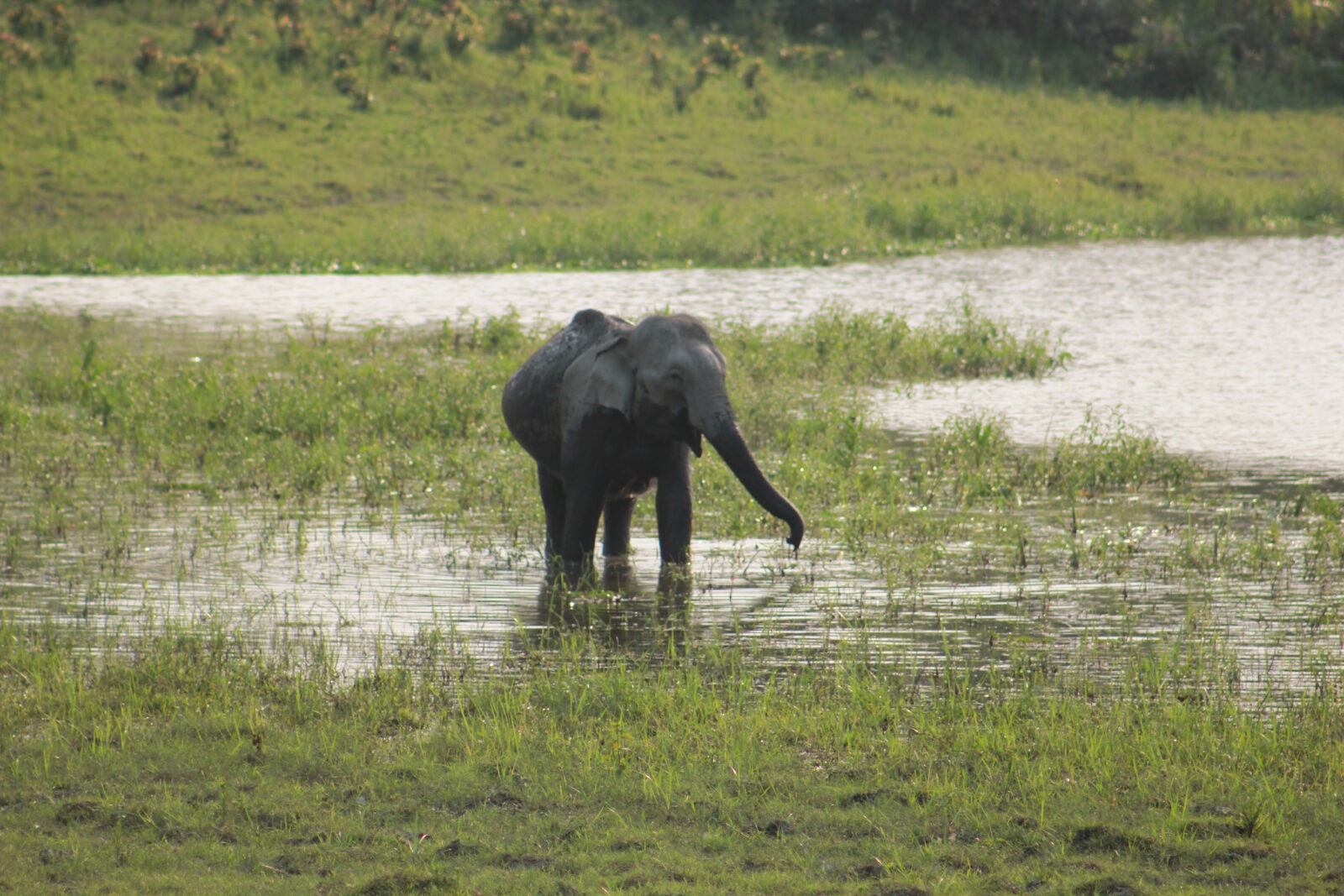
In 1950, the game sanctuaries were renamed ‘wildlife sanctuaries’ to assert the conservation of all living creatures, as opposed to those that were shot for trophies and meat. Conservation efforts found greater legitimacy after forming the Indian Board of Wildlife in 1952 at the national level and the State Wildlife Board in Assam in 1953. After many wildlife audits by Indian and International conservationists, the Chief Minister of Assam Bishnu Ram Medhi admitted to then Prime Minister, Jawaharlal Nehru, that the rhino was on the verge of extinction in the region. Subsequently, the Assam Government introduced the Assam Rhinoceros Preservation Bill in December 1954. The bill aimed at ‘protecting the rhino from being killed, captured and injured both within and outside the Reserved Forests as well as leased land’ [2]. The cause of the rhino also had political credibility and middle-class public support; the rhino was the official state emblem since 1948, and its rarity was integral to the larger narrative of the Assamese nationalistic identity.
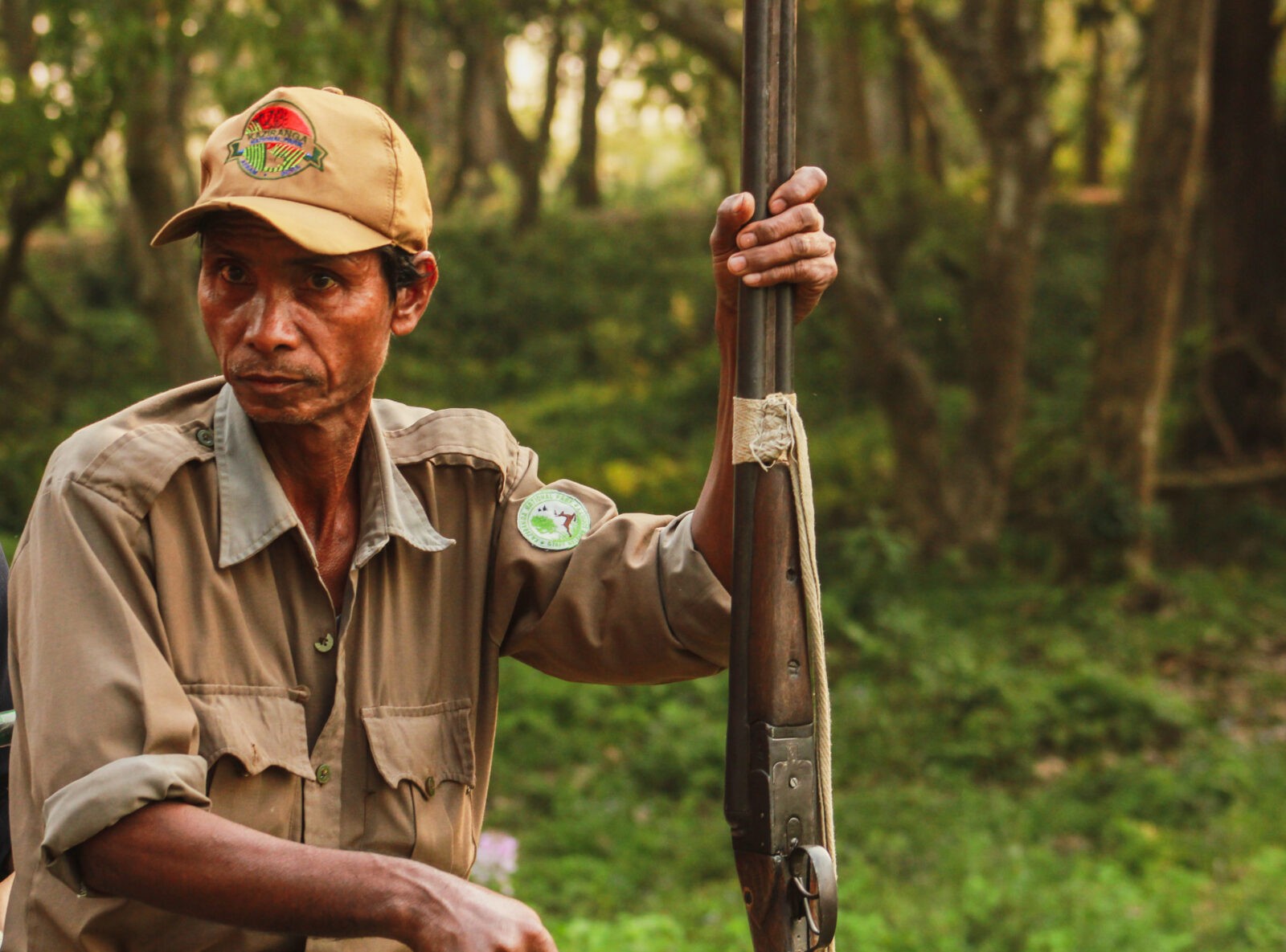
In 1963 the Indian Board for Wildlife recommended that Kaziranga and Manas wildlife sanctuaries be made into national parks, which resulted in the Assam National Park Act of 1968. Finally, in January 1974, in pursuance of the above act, the Kaziranga Wildlife Sanctuary was declared a national park. The making of a national park resulted in greater access to centralised funds and increased tourist attention. Moreover, with the growing tourism economy in the region, those dispossessed by the Forest Department’s land acquisition efforts came to be associated with the emerging economy in a marginal capacity. This had, however, not resolved the complex issues of agricultural practices as a source of livelihood and the independent, exclusionist existence of the park. Conflicts between the local communities and the Forest Department persist even today as the former continue to face displacement and loss of livelihood owing to the park’s expansion over the years. The Kaziranga National Park has now doubled in size since 1974, covering an area of 914 square kilometres [3].
Endnotes:
[1] Rangarajan, M. (2005). India’s wildlife history: an introduction. Orient Blackswan.
[2] Saikia, A. (2009). The Kaziranga National Park: dynamics of social and political history. Conservation and Society, 7(2), 113-129.
[3] https://scroll.in/article/977999/as-kaziranga-national-park-spreads-local-residents-tear-down-their-homes-before-they-are-evicted
Maduli Thaosen is an independent researcher and a freelance photographer based in New Delhi.
